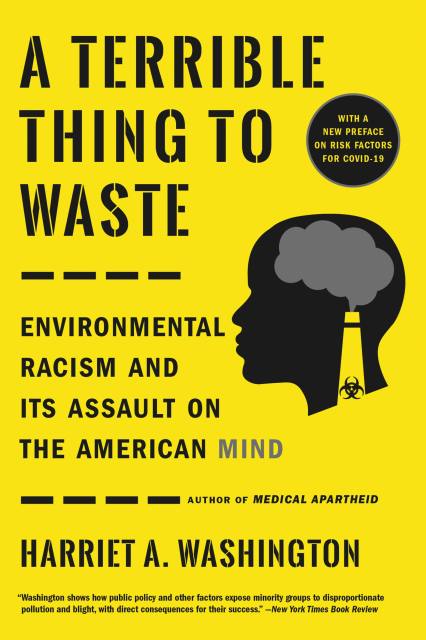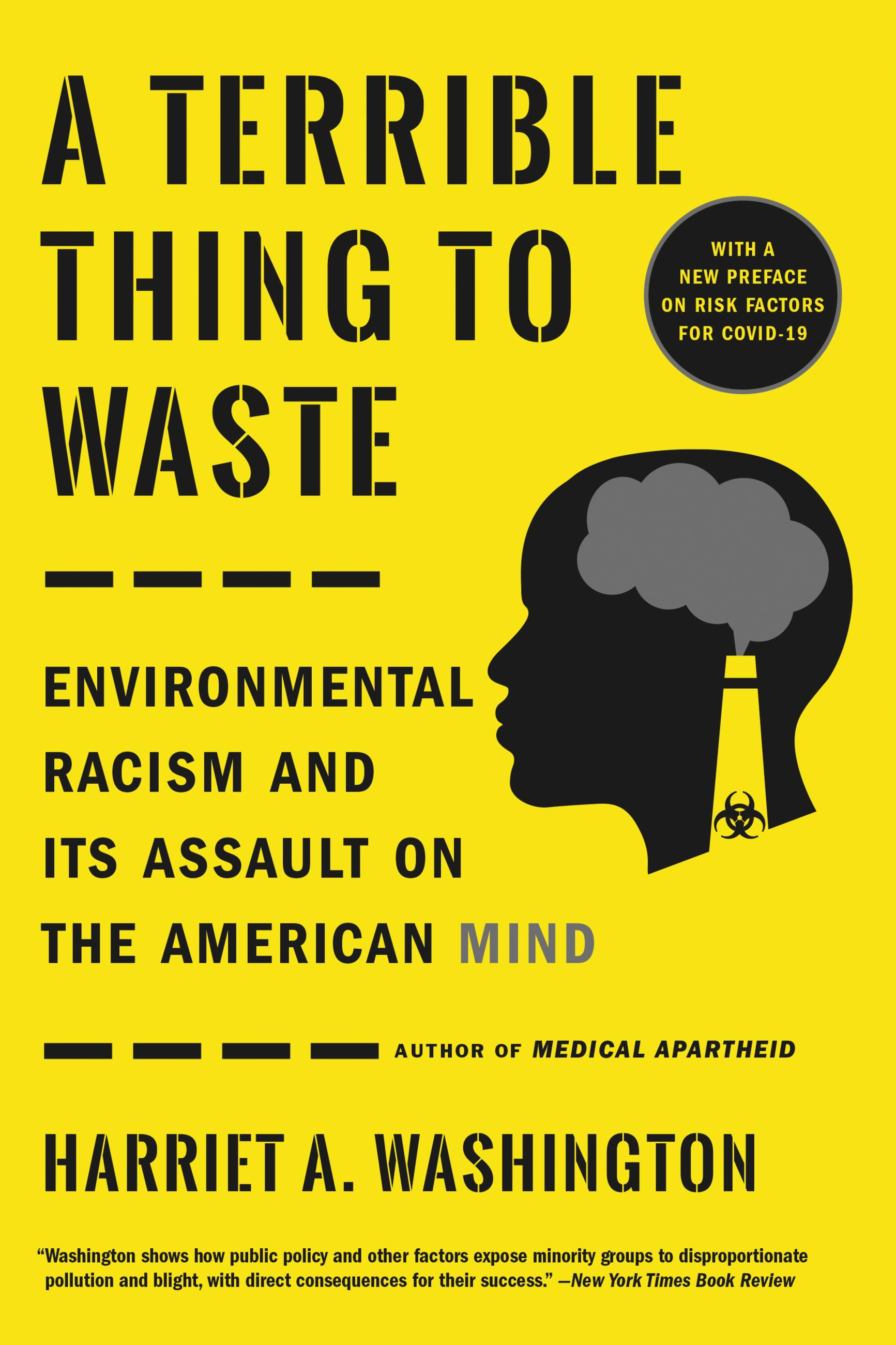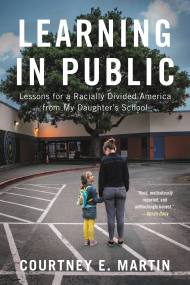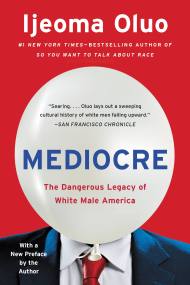Promotion
Use code BESTBOOKS24 for 25% off sitewide + free shipping over $35
By clicking “Accept,” you agree to the use of cookies and similar technologies on your device as set forth in our Cookie Policy and our Privacy Policy. Please note that certain cookies are essential for this website to function properly and do not require user consent to be deployed.
A Terrible Thing to Waste
Environmental Racism and Its Assault on the American Mind
Contributors
Formats and Prices
Price
$14.99Price
$19.99 CADFormat
Format:
- ebook $14.99 $19.99 CAD
- Hardcover $39.00 $49.00 CAD
- Audiobook Download (Unabridged)
- Trade Paperback $19.99 $24.99 CAD
This item is a preorder. Your payment method will be charged immediately, and the product is expected to ship on or around July 23, 2019. This date is subject to change due to shipping delays beyond our control.
Also available from:
- Middle-class African American households with incomes between $50,000 and $60,000 live in neighborhoods that are more polluted than those of very poor white households with incomes below $10,000.
- When swallowed, a lead-paint chip no larger than a fingernail can send a toddler into a coma — one-tenth of that amount will lower his IQ.
- Nearly two of every five African American homes in Baltimore are plagued by lead-based paint. Almost all of the 37,500 Baltimore children who suffered lead poisoning between 2003 and 2015 were African American.
-
"Deeply researched, well written and timelier than ever, A Terrible Thing to Waste will necessarily transform public and scientific debates over urban decay, environmental policy and reported racial differences in IQ...Eye-opening."Amy Brady, Shelf Awareness (Starred Review)
-
"It's amazing how far you can get if you just study the data. And have a keen analytical mind. And are a gifted reporter. With a sense of social justice. By which I mean, if you are Harriet Washington. She methodically indicts environmental racism and its catastrophic effects, particularly on the cognitive abilities of America's children, a reminder that what we're told is immutable -- our social conditions, our 'intelligence' -- is nothing of the kind. The news she brings is grim, but she leaves the reader feeling not paralyzed by despair but determined to act."Randy Cohen, host of Person Place Thing and original author of New York Times Magazine's The Ethicist column
-
"A Terrible Thing to Waste is a powerful and indispensable book for anyone who cares about a just and healthy future for all Americans. Harriet Washington asks the critical questions that get at the heart of racism and inequality in health, income, social welfare and power in 21st century America."Gerald Markowitz, author of Lead Wars and Distinguished Professor, John Jay College, CUNY
-
"In her groundbreaking new book, A Terrible Thing to Waste, award-winning science writer and bioethicist Harriet Washington explores how environmental racism damages young minds, particularly the minds of impoverished African American children who are exposed inordinately to toxins and pathogens in marginalized communities. She writes lucidly of how pollutants such as heavy metals and neurotoxins injure developing brains and recounts vividly case after case of the devastating cost to human brains and bodies. As she demolishes racist notions of inherited intelligence, she describes the medical consequences of horrific environmental catastrophes that have largely been forgotten or overlooked. Revelatory and compelling, Harriet Washington's A Terrible Thing to Waste is the Silent Spring for the 21st century."Robin Lindley, JD, Features Editor, History News Network
-
"An unflinching look at environmental racism in black and brown communities."Angela Helm, The Root
- On Sale
- Jul 23, 2019
- Page Count
- 368 pages
- Publisher
- Little Brown Spark
- ISBN-13
- 9780316509428
Newsletter Signup
By clicking ‘Sign Up,’ I acknowledge that I have read and agree to Hachette Book Group’s Privacy Policy and Terms of Use







